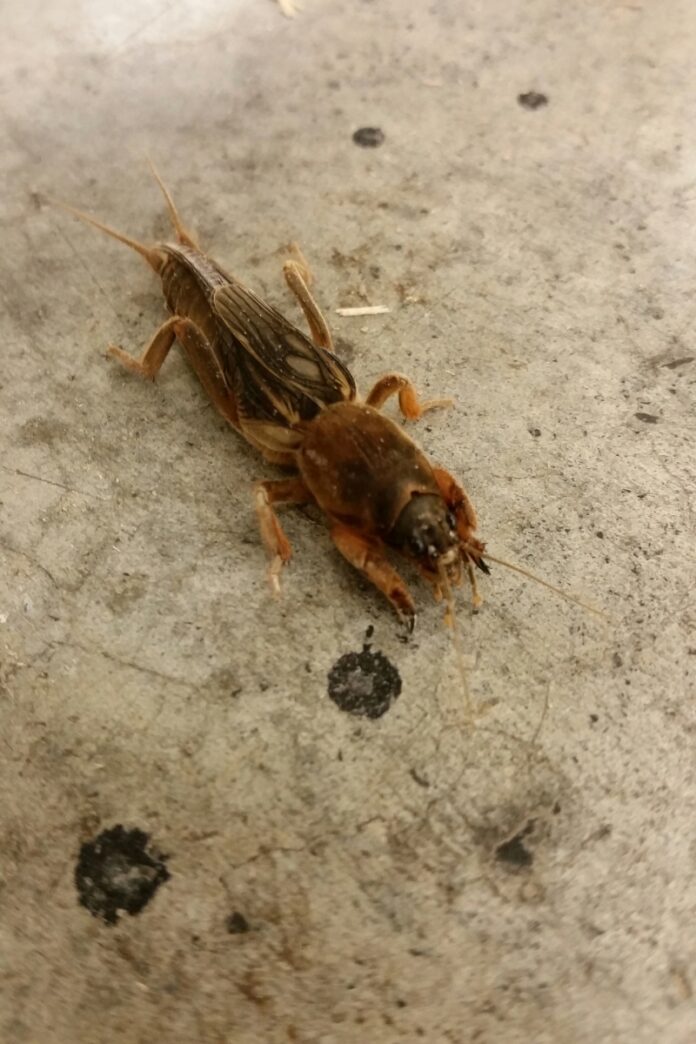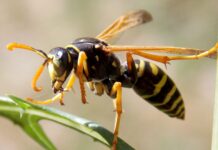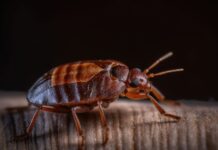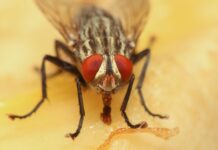Ever wake up to find strange patches or tunnels in your yard? You might be dealing with some sneaky nighttime visitors. One possible culprit? Mole crickets. These underground pests may be small, but their damage can be big.
What Are Mole Crickets?
Mole crickets are unlike the regular chirping crickets you may know. These pests live mostly underground and have front legs that look a bit like shovels, perfect for digging through soil. They’re about an inch long, brown, and live life burrowing just beneath the surface. Their underground lifestyle makes them hard to spot, but you’ll notice the damage they leave behind on your lawn.
Why Do They Cause So Much Trouble?
These pests tunnel beneath the ground, feeding on plant roots as they go. The result? Damaged grass that may yellow, wilt, or even die off in patches. Their constant digging can also create small mounds or ridges of dirt, ruining the smooth surface of your yard.
If you’re seeing trails in the soil and areas where your grass is thinning, mole crickets could be responsible for the mess.
When Are They Most Active?
Mole crickets are nocturnal, meaning they do most of their digging and feeding at night. Their activity tends to ramp up during the warmer months, especially after a good rain when the soil is nice and soft. So, if you’re waking up to find new tunnels in your yard, chances are these pests were at work while you slept.
How to Spot the Damage
Not sure if mole crickets are the ones tearing up your yard? Here are a few signs to look for:
- Raised Tunnels: These pests leave behind winding ridges of soil as they dig.
- Bare or Yellowing Patches: Because they feed on roots, areas of grass may start thinning out or turning yellow.
- Spongy Ground: If the soil feels soft or hollow when you walk on it, mole crickets could be tunneling below the surface.
How to Control the Problem
If you’ve confirmed mole crickets are to blame, it’s time to take action. Here are some ways to handle them:
- Nematodes: These microscopic worms are natural predators of mole crickets. When added to your soil, they seek out and infect the pests, reducing their numbers.
- Insecticides: For faster results, you can use insecticides specifically designed for mole cricket control. Apply them at night when the pests are most active for better results.
- Diatomaceous Earth: This powder can be sprinkled over the affected areas to dry out the pests. It’s most effective during dry weather.
- Reduce Watering: Mole crickets thrive in moist soil, so limiting your watering can help make the environment less appealing for them to tunnel.
Prevent Future Infestations
Once you’ve gotten the problem under control, prevention is key. Keeping your lawn healthy is the best way to avoid future issues. Regular aeration, proper mowing, and watering habits can make a big difference.
If you’ve had problems before, be especially mindful during spring and summer when these pests are most active. Catching them early is the best way to prevent severe damage.
Mole crickets may be active during the night, but the damage they leave behind will be something you’ll notice during the day. By learning how to identify their presence and taking quick action, you can protect your lawn from these destructive pests. Keep an eye out, and your lawn will stay lush and healthy despite their nighttime nibbling!
If you spot one of these in your yard, please take a photo or video and tag us on either Facebook or Instagram.











